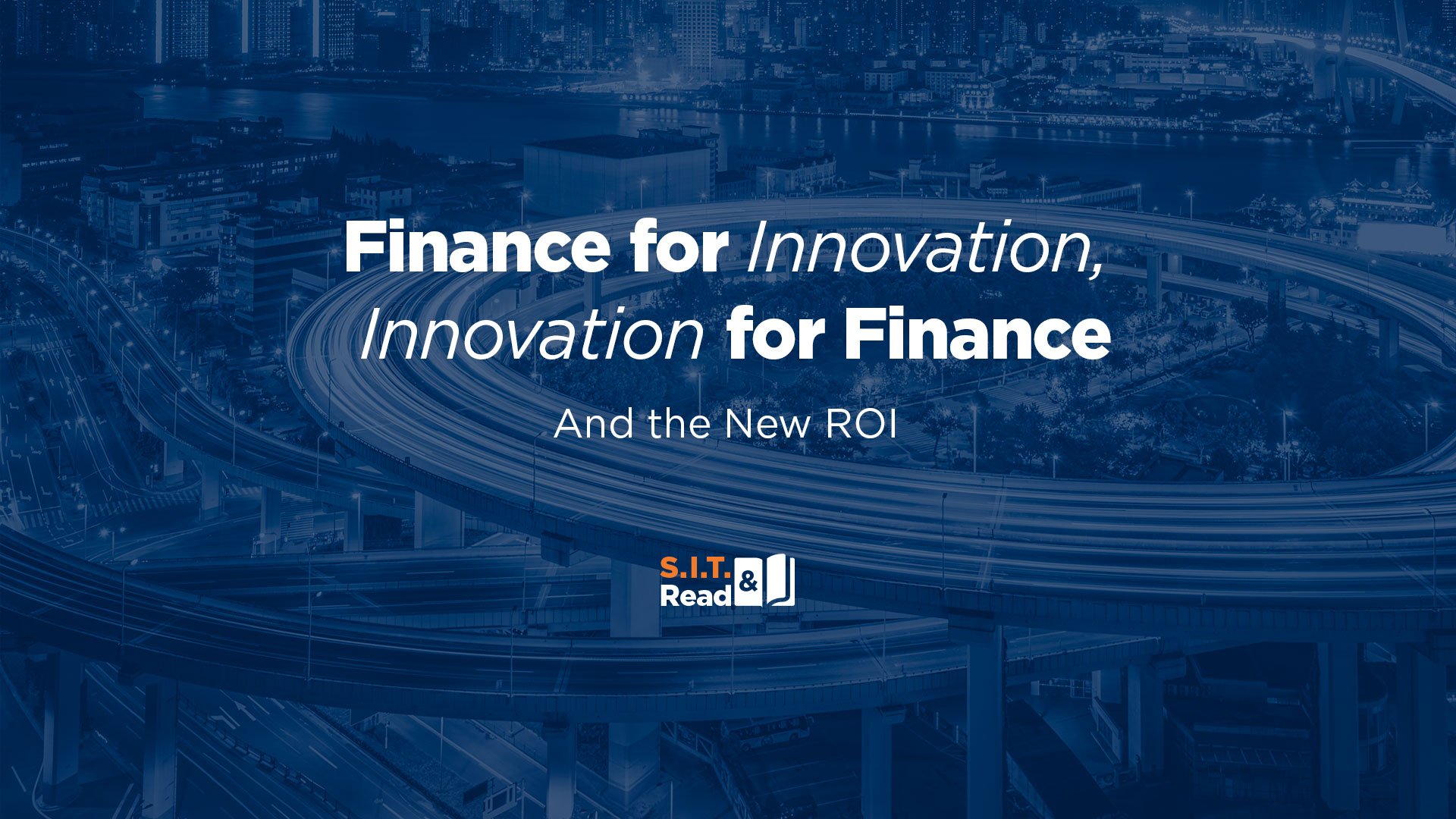This is a riddle/story that I like to use in workshops:
You want a sleek sports car on which you can drive crazily fast. Which component of the car is most crucial for driving at high speeds?
Most times I hear the expected answers: motor, steering wheel, fuel, wheels, maybe driver. All true, but from time to time someone brings up a different component: the brakes. I use this response to explain the important role of finance in an innovation project.
Just as you would never dream of accelerating a car unless you’re confident that it has a well-functioning brake system, never ideate without someone who can give you a reality check.
BUT – message for finance professionals: although the better the car’s brake system, the more confidently it can speed, if the brakes are working so strongly that you can’t even pull out of the garage, they become useless. I would have liked to say, “you’re better off without them”, but that’s the drama of the financier’s role: you can’t set out on an innovation journey without them, but so often they tend to be naysayers, seemingly intent on making sure that nothing new and exciting ever happens.
A recent article by McKinsey (see below) has a misleading name but some sound advice for CFOs that aspire to promote innovation in their companies.
How can CFOs rebrand themselves as innovation allies?
The authors offer 5 concrete actions to be taken, although they either did not notice, or decided it wasn’t worth mentioning, that they fall into two distinct categories:
1) Finance for innovation: As in the brakes puzzle, actions that ensure that the financier serve as a constructive guide to innovation rather than a barrier. This means being there when innovation is being discussed; contributing expertise on costing, pricing, forecasting; assisting with the definition of KPIs and their monitoring; and being helpful in outlining a business plan.
2) Innovation for Finance: processes in Finance, like those in any other business area, need to be refreshed, redesigned, reconsidered. Very often, these processes – from expense reporting to annual budget plans and reviews – tend to be cumbersome and inefficient. Applying innovation to these processes can be a powerful way to both improve Finance’s performance and, since these processes tend to encompass most or all units of the organization, serve as a model to be emulated by others seeking to innovate.
In sum, although finance functions in organizations are often a hindrance to innovation, it is entirely in their power to become promoters and allies of innovation efforts. Indeed, being most qualified to calculate exactly how much organic innovation the organization needs to hit its financial goals gives them the responsibility to be the most vocal champions of innovation as well as the guardians of its ROI (Return on Innovation).
